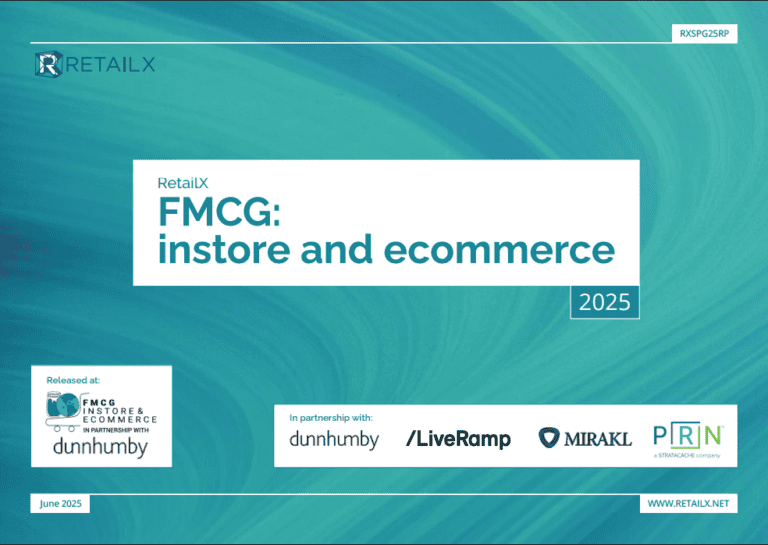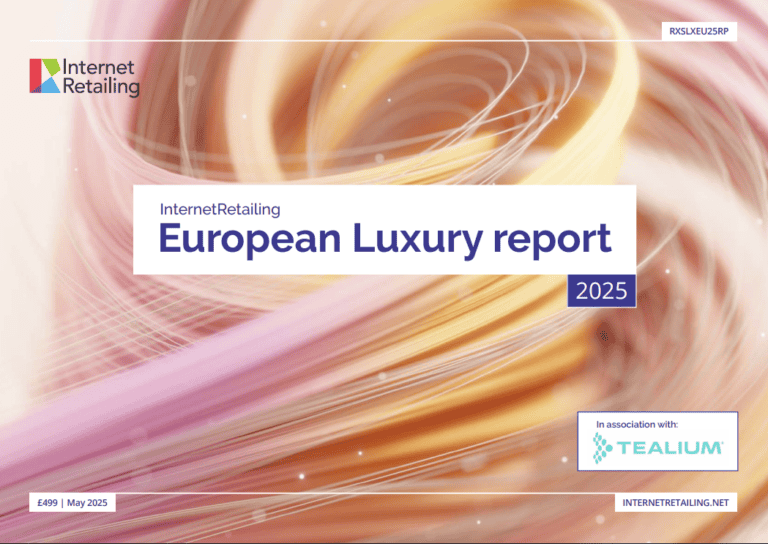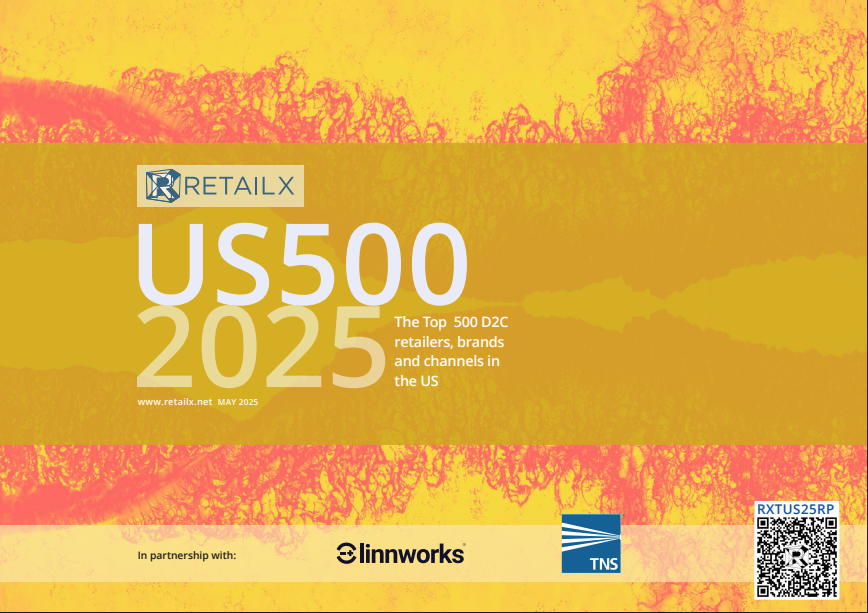Worldpay and Gatwick Airport today reported the innovative, albeit very different, ways they are putting augmented and virtual reality to work in a retail context.
Worldpay has unveiled a virtual reality proof of concept that enables shoppers to make seamless, secure payments in a virtual environment, while Gatwick Airport has installed 2,000 beacons powering an augmented reality wayfinding system that the airport can use to guide travellers through the airport and that retailers can potentially use to target individuals with promotional offers.
At Gatwick Airport, an indoor navigation system built on 2,000 low-energy beacons has been unveiled as part of the airport’s £2.5bn transformation programme. The ‘indoor blue dot’ system, managed by PointrLabs, is designed to make it easier for passengers to find their way around the airport and avoid missing flights using an augmented reality system that guides them to their destination via wayfinding directions shown on their smartphone camera view. While Gatwick won’t collect personal data from the system, ultimately it could be used by retailers, subject to consumer buy-in, to send retail offers to people as they pass the terminal’s shops, and by airlines to track down or remind late-running passengers.
Abhi Chacko, head of IT commercial & innovation at Gatwick Airport, said: “By providing the infrastructure we’re opening the door for a wide range of tech-savvy airport providers, including our airlines and retailers, to launch new real-time services that can help passengers find their way around the airport, avoid missing flights or receive timely offers that might save them money.
“We are proud to be the first airport to deploy augmented reality technology and we hope that our adoption of this facility influences other airports and transport providers so that it eventually becomes the norm.”
Meanwhile, the Worldpay prototype demonstrates how shoppers operating within a virtual environment can use a Host Card Emulation (HCE) system to visualise the payment process, with EMV (Europay, MasterCard and Visa) technology enabling payments from credit and debit cards. Shoppers making a payment of £30 or under would buy in the same way as contactless payment, by tapping a virtual card on a virtual card machine. When a purchase is worth more than £30, shoppers would use an AirPIN, whereby they would see a range of numbers while within the virtual world and collect the four numbers that make up their PIN number, one by one, using a virtual controller.
As it launched its VR system, Worldpay said that the UK was lagging behind the rest of the world on virtual reality (VR), since take-up remained low. To date, it found, only 5% of UK shoppers have used VR technology in a retail setting, while only 35% of those responding to the study said they would consider buying via VR or augmented reality (AR) device. That contrasts, it said, with other parts of the world – shoppers in Brazil and China were more than twice as likely to shop within a VR world as UK shoppers.
Nevertheless, nearly a third of Brits believe that VR is the future of shopping, and 58% of respondents were interested in seeing the technology within retail, using it, for example, to buy an item of clothing in a virtual store. Some 40% of respondents believed that VR technology will become as popular as smartphones.
Commenting on the findings, Nick Telford-Reed, director of technology innovation at Worldpay, said: “Although consumer appetite for VR is growing, there is a long way to go before the technology enters the mainstream in the UK. Consumers are sceptical of the technology, particularly when it comes to storing sensitive information, such as payment details, within a virtual world. The security concerns highlighted by our research are nothing new. It’s not that long since many were wary of shopping online or using mobile banking. What is needed is education on a global scale to stress that it can be possible to shop securely in a virtual world.”
He added: “Innovation is what drives us and our clients. As technology moves on, so do the needs of consumers. As a leading payments company, it is our responsibility to consider where the next generation of payments will need to take place. We have built this prototype to provide a seamless, secure payment option for consumers in a virtual world. The benefits for merchants experimenting with virtual and augmented reality could be significant. While it is very early stages in its development, we believe that the sky is the limit when it comes to the industries that will find this technology useful. As more companies experiment with VR/AR in their endeavour to drive higher customer engagement, they need to consider if VR technology can support purchases as well. Whatever sales channel, it’s vital to make the payment process both slick and secure for customers. A compelling, immersive and seamless VR experience may even have the capability to increase sales.”








